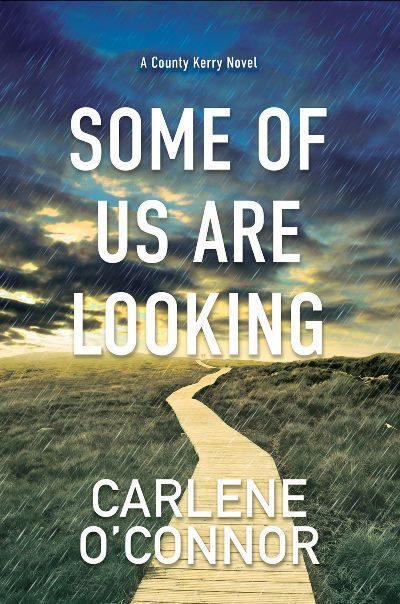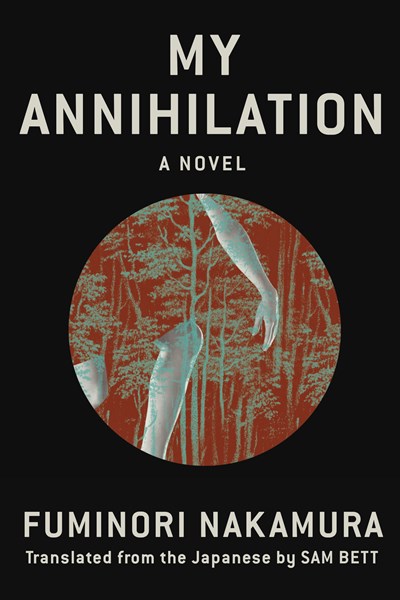O’Connor’s second tale starring rural Irish veterinarian Dimpna Wilde at first has all the markings of a cozy. A female protagonist whose job is a magnet for drama, animals—including a talking African grey parrot called Bette Davis,who plays a major role in the story—and a love interest who’s in law enforcement. But cozies usually involve a sanitized crime, and this is where O’Connor takes a decided swerve out of the gentle side of the genre. The murder mystery that Dimpna finds herself enmeshed in is the killing of a young woman, Brigid, who early in the story shows up at the vet clinic with an injured animal. It’s a hare that has a cut on its leg from someone, Brigid says, trying to remove its foot. The gruesome motif is repeated when Dimpna finds Brigid tied to a tree, dead and with her hand cut off. At the same time, chalked graffiti around the town asks, “Who put Bella in the witch elm?”, just one of the intertwined puzzles facing Dimpna and the man she’s falling for, Inspector Cormac O’Brien, as they investigate the town’s many intriguing residents and visitors. While this absorbing story stands well on its own, you’ll want to go back to the first in the series, No Strangers Here, to spend more time with this smart, kind vet and her knack for attracting trouble.
International Crime & Mystery
Remember the reactions to Hanya Yanagihara’s A Little Life? People either loved it or flung it across the room. This promises to provoke similar adoration/ire (I’m in the former camp). As Nakamura’s strange book opens, his unnamed protagonist is alone in a Japanese mountain lodge. He begins reading a manuscript that’s been left there. It’s by Ryodai Kozuka, a man whom the narrator believes he will take the place of; he hopes to use the manuscript as a manual for living as its author. Ryodai tells of becoming obsessed with pushing his sister off a cliff, an obsession that can only be cured by completing the deed. Next is his in-depth description of the psychology of real-life Japanese serial killer Tsutomu Miyazaki. Abrupt, dreamlike shifts in the author’s location and persona continue, and he is next a psychologist who attempts to hypnotize a patient into forgetting past abuse and tolerating new trauma at his hands, leading to a detached account of destroying others in her life (suicide is described). Cruel ideas are intellectual exercises for this man, with his crimes adding up to a thought-provoking picture, in Nakamura’s words, of “what it means to be human and what it means to exist in the world.” Some true crime set in Japan might be the thing after this: try Richard Lloyd Parry’s People Who Eat Darkness or Haruki Murakami’s Underground.


